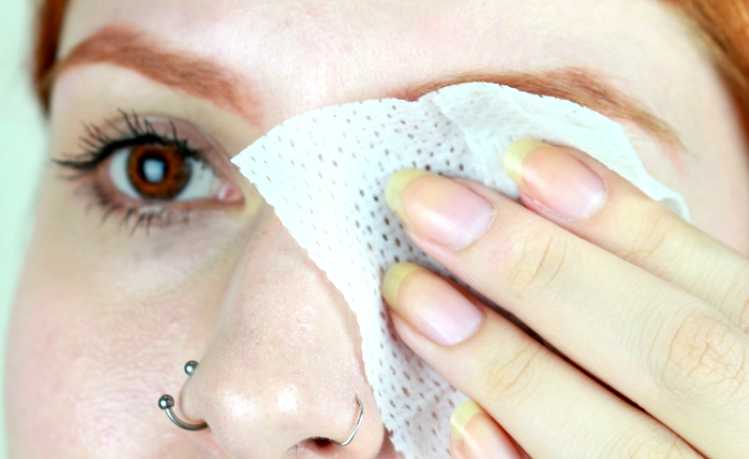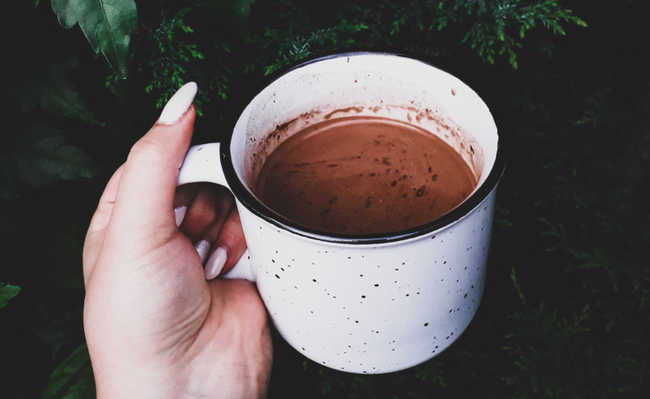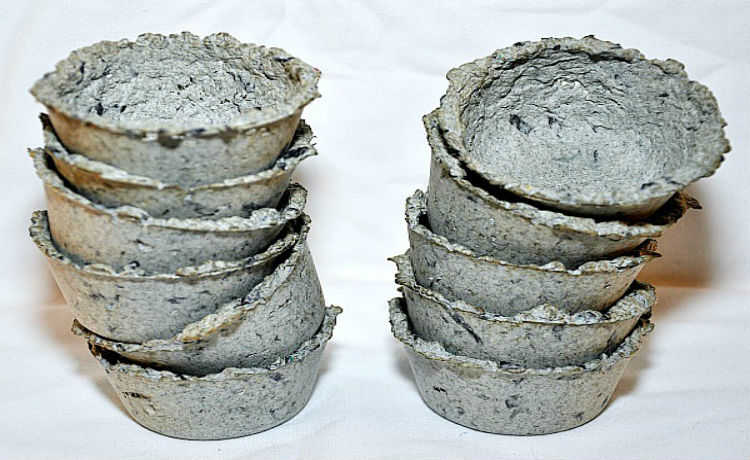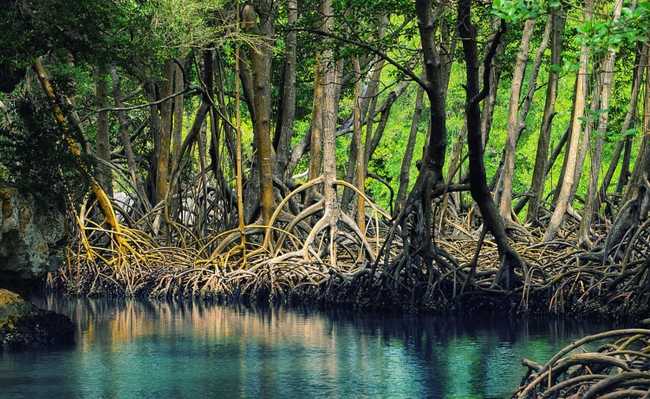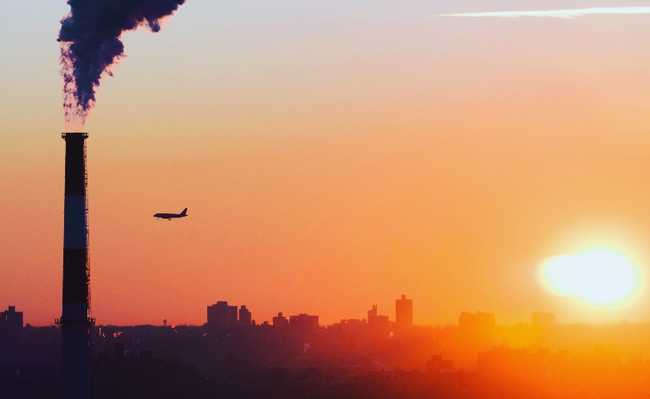What are PCBs?
Polychlorinated biphenyls, also known as ascarel, pose several health and environmental risks

What are PCBs?
Polychlorinated biphenyls, known as PCBs polychlorinated biphenyls) or by ascarel , are mixtures of up to 209 chlorinated compounds, which vary in name according to the relative position of the chlorine atoms in the structure. These substances are part of the group generically called dioxin and were initially synthesized around 1800, in Germany, but their industrial production began in 1922. There are no natural sources of PCBs.
- Dioxin: know its dangers and be careful
As they are practically non-combustible and have high stability and resistance, they have been used for various purposes, such as dielectric fluids in transformers, condensers and cutting oils, hydraulic lubricants, paints and adhesives, among others.
Several studies indicate that of the 209 possible types of PCBs, only 130 may be present in commercial mixtures. These mixtures were produced in several countries, under different nomenclatures. In Brazil, PCBs are marketed under the name "ascarel".
In the United States, PCBs were considered as environmental contaminants in 1966. Due to their great impact on health and the environment, the country banned the production of PCBs in 1979, and in 1988 their use in US territory was banned. In Brazil, there are no records of ascarel production, and all the product is imported. An inter-ministerial ordinance of January 1981 prohibits manufacturing and marketing throughout the national territory, but allows the installed equipment to continue in operation until its full replacement or exchange of the dielectric fluid for a product free of ascarel.
Contamination
The main routes of contamination by PCBs in the environment are:
- Accident or loss in the handling of ascarel and/or fluids containing PCBs;
- Vaporization of components contaminated with PCBs;
- Leaks in transformers, capacitors or heat exchangers;
- Leakage of hydraulic fluids containing ascarel;
- Irregular storage of waste containing PCBs or contaminated waste;
- Smoke from the incineration of products containing ascarel;
- Industrial effluents and/or sewage discharged into rivers and lakes.
Due to their great chemical stability and the wide dissemination of products containing ascarel, it is common to find them in the environment due to the discharge of these substances by human activities that contaminate the soil. The contamination reaches the groundwater that ends up in lakes, rivers and oceans, harming fish and other aquatic living beings. PCBs are also persistent organic pollutants (POPs), which are characterized by being highly toxic, remaining in the environment for a long time, and being bioaccumulative and biomagnified.
Ascarel accumulates in leaves and other parts of plants, contaminating food. It also infects small organisms and fish due to its discharge into water bodies. Several studies show that most of the fish we consume are contaminated with ascarel - among them, aquaculture (raised) salmon stands out. As a result, people who eat these fish or other contaminated foods are exposed to these substances that bioaccumulate in their tissues.
health effects
Among the damages to human health, the most common is chloracne: a painful scaling that disfigures the skin and resembles acne. Ascarel also causes liver damage, eye problems, abdominal pain, changes in reproductive functions, fatigue and headaches, in addition to being a potential carcinogen. The creation of hormonal drugs that involve PCBs in their production can also cause hormonal disruption, as in the case of xenoestrogen in women.
avoiding risks
To avoid contamination by ascarel, which is present in meat, fish and dairy products, through the bioaccumulation process, it is necessary to take some precautions. PCBs, when not properly disposed of, reach rivers and lakes, where they contaminate fish and microorganisms. When feeding on these animals, or drinking the water from these rivers and lakes, the animal or human being is also contaminated. An alternative is to eat more of organic fruits and vegetables.
Also opt for fish of natural origin instead of those raised in aquaculture, as the difference in the concentration of ascarel between the two reaches four times. A good option when preparing fish is to cut the skin and visible fat, as PCBs are stored in the fat. You can also prepare them with means that significantly reduce the amount of fat in the meat, such as grilling fish. It is also recommended that a high consumption of fish does not occur, due to the high rate of contamination by these substances. The ideal, according to the United States Environmental Protection Agency (EPA), is to eat two servings a week, in order to avoid risks.




